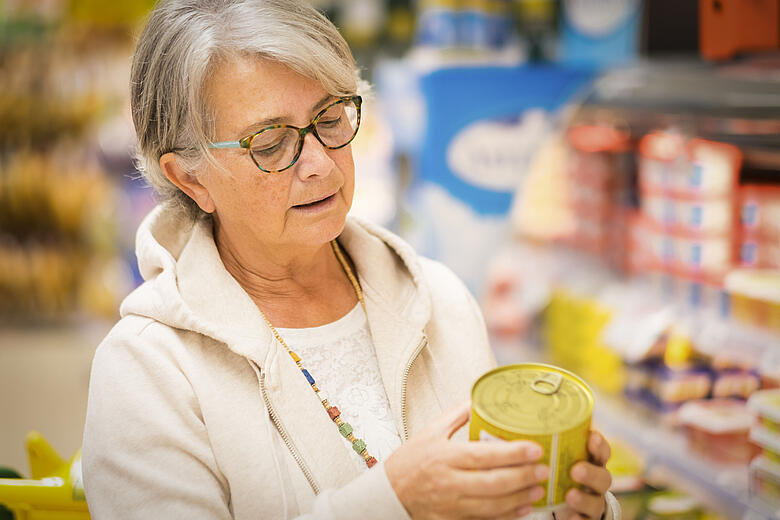Why is it so important?
- You can make the best choices for you and your goals.
- Can allow diet flexibility.
- Minimises risk of being bamboozled by marketing.
There is a lot of info on food labels these days, and so it's no wonder that it can be hard to read some of them. So, let’s get practical.
On a nutrition label there will often be 2 columns, a serving size column (recommended amount from the company), and a 100g column. When comparing foods always use the 100g columns as some brands/foods will have different serving sizes. For example, a serve of Weet-Bix is 33g (two), and a serve of Nutri Gain is 45g. If you use the 100g column it takes away the guess work.
When you look at the labels, at the top it will have the kilojoules. This is the Australian version of calories, and it will be a higher number (like CMS and inches). To work out the calories just divide the KJs by 4.
The next thing to look at is the carbohydrates, protein, and fats. These amounts will of course vary from food to food and your preference on what you’re looking for will be the deciding factor. If you need something with more carbs, go for the higher option, need less? Get the lesser option, simple. Same goes for protein and fats. Keep in mind that the amount of food you consume will determine how much of each macro you eat. For example, if you eat a lot more of the low carb option, you may in fact end up eating more carbs than the normal option.
Now, under carbs and fats you will see a dash followed but the word saturated (fat) and sugar (carbs). These will also have their own amount on the panel. These amounts are already included in the total carb and fat number and do NOT need to be added on top. This is telling you what their contribution is to the total number of carbs and/or fats. Knowing this is particularly helpful if you are trying to cut sugar for example out of your diet or reduce it.
Now that we know what the numbers on the panel mean let’s get into the marketing side of things! Companies can and will make claims about their products to make them seem like a good option so you will buy them. Some of the common ones are:
- 50% less sugar
- No cholesterol
- Baked not fried
- Light/Lite
If a company can show that these claims are in some way true about the product, they can use them. For example, a product can be low in sugar and still high in carbs. This claim can make us think a food is a low carb option when in fact it may have the same amount of carbs or more than its competitors.
Some plant-based products will say 0 cholesterol, which is redundant as plants do not have cholesterol in the first place but can still make a product seem healthier. Baked not fried sends the message that there will be less fat however the cooking process may not change the nutrient profile at all depending on what the product is.
And finally, Light/lite plays with the thought that the product will once again be low in fat, however, these terms can mean anything about the product including light flavour, or even light in colour. So, if you see a claim like the ones above be sure to compare the food label with the standard brand, just in case your better off with it. And compare with the 100g column as previously mentioned.
This is great for diet flexibility as you could still have foods that you may think are “bad”. You can also pick foods that you could call “best of the worst”. For example, an ice cream option that is better suited to your goals than the usual options, so your able to still have ice cream and work towards your goals.
The point of being able to read food labels and nutrition panels is to give you the CONTROL and POWER to make the best decisions that are best for you from an informed position.

